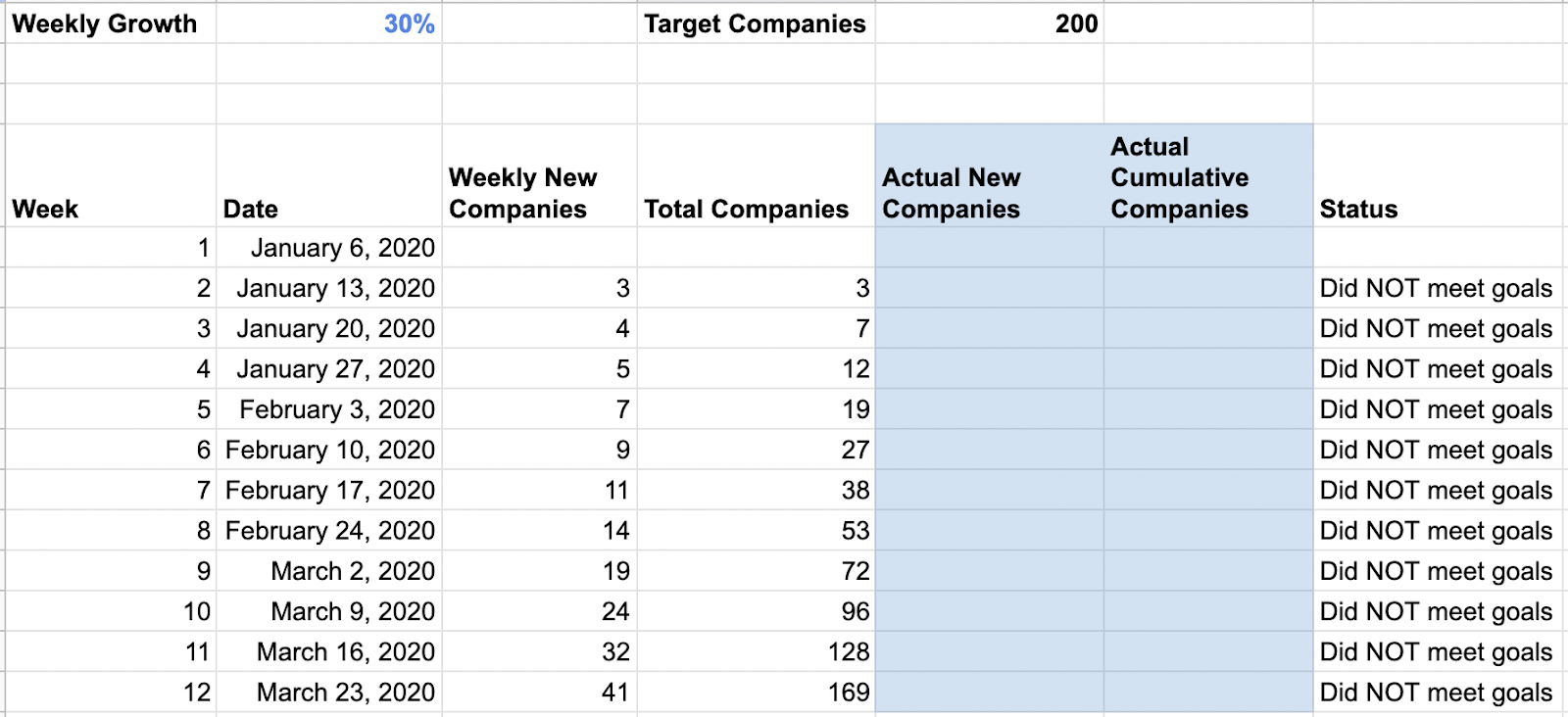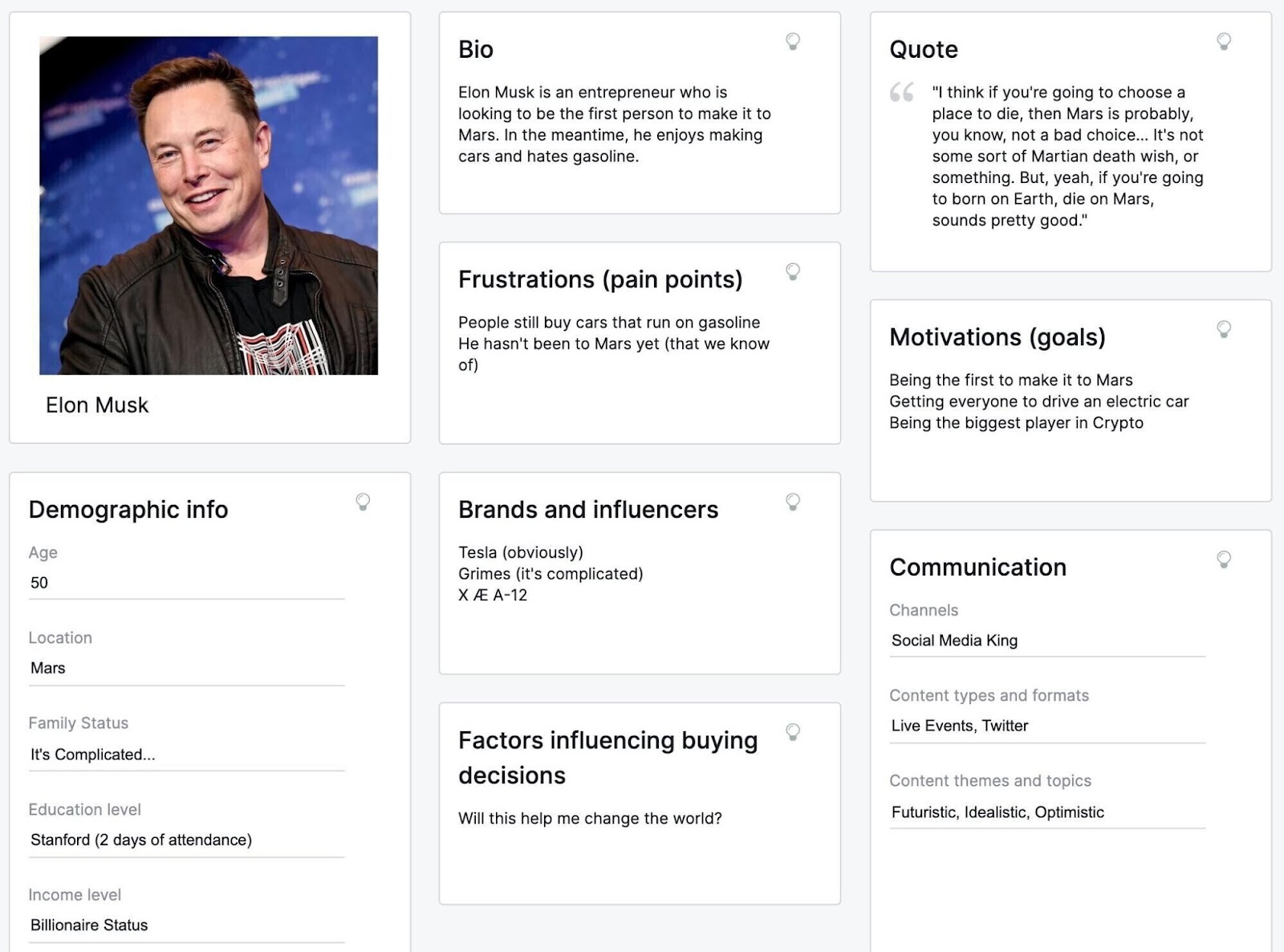How To Scale A Startup In Just 3 Months
March 21, 2023
Yin Wu

I often talk at Y Combinator about how to launch and get traction before Demo Day.
You know how people say, “If you build it, they will come”?
Yeah, it doesn’t happen.
Launching and getting traction – all before Demo Day is insanely tough.
I’ve been through YC three times and I have learned the importance of creating a solid plan for short-term growth.
This article is all about that, and how to scale your startup during your first three months.
1. Create a growth plan
Start early on your growth plan. You want to avoid the situation where you’re two weeks out from Demo Day and realize that you need to close 100 customers to raise.
Set your goal and work backward to hit the numbers.
What this goal actually looks like depends on your industry. Here are a few common examples:
- Biotech: Clear a regulatory risk
- SaaS: Get customers
- Hard tech: Hit a build milestone
Your growth plan doesn’t have to be super complicated. If you need to close 100 customers and you’re 10 weeks out from Demo Day, then your goal is to get 10 new customers on board each week.
Use this simple SaaS growth template to plan out and track customer growth.

But before you start talking to potential customers, make sure you’re super clear on who you’re looking for.
2. Identify your customers
Get real clear on what potential customers look like.
Value statements like “people looking for a better Zoom” are nice for getting the point across when speaking with investors, but unhelpful for identifying potential customers to pitch to.
Your ICP needs to be clear enough that an Upwork contractor can build a customer list, for instance:
Finance leaders at startups who’ve recently raised a Series A.
Want to do better? Go a bit deeper.

Assign a fictional name to represent your ideal customer and provide detailed characteristics for each of your ideal customer profiles (ICPs) in sequence. Additionally, consider utilizing the following strategies:
- Generate a custom Reddit feed containing subreddits related to your ICPs.
- Compile a Twitter list of relevant influencers for your target audience.
- Conduct customer surveys or interviews to gain insights.
- Use social media listening tools to monitor online conversations.
3. Say NO to customers you don't want
If there was only one thing I’d like you to take from this article, it would be this.
The ROI of a poor ICP fit could mean:
- No recurring purchases
- Bad reviews
- Zero referrals
Serving the noisy wheel takes time away from the customers who will grow with your business.
You need to focus on the opportunities that move the needle, which means saying no to those who are going to hijack product directions and make you solve a problem you didn’t intend to. Michael Seibel of YC has a great article on avoiding this trap.
An alternative to a no is to set a price for yes. Quote a price where you are happy to build for one-off cases.
This will allow you to focus on your actual product roadmap and also act as a nice revenue boost if you come across a situation where a user agrees to your price to build.
4. Close your first customers by being an expert
No product is complete at first launch. Make up for your product gaps by consulting for free.
Build a reputation so that founders in your batch tell others that "if you have questions about X, go to Y". Your experience becomes your lead gen.
For example, we helped founders model their fundraising at YC. We first onboarded companies and then used our tool to help them understand dilution.
The caveat to the expert strategy is to avoid selling only your time. Align the value you provide to the product you're building:
- Consult (ask questions)
- Advise (provide recommendations)
- Pitch (your product)
Try making personalized 5-minute Looms for folks you really want to work with—the ROI is immense. Best case: they become repeat customers. Worst case: they always remember you for the nice gesture and direct a founder friend your way.
Win-win.
5. Launch early
The closer you get to demo day, the harder it is to stand out.
More companies are launching, which means reporters are busy. Going early reduces your competition for attention.
A general rule is to launch before you think you’re ready. This will put some healthy pressure on you and prevent you from launching with everyone else.
Launch to your friendliest audience first, then work outward from there:
- Share your product with your YC Group
- Launch on Bookface
- Launch on HackerNews
- Launch on Techcrunch
This approach helps you use your traction from warmer connections to build awareness for later launches, and also allows you to learn and iterate with each attempt.
Here's a guide on how to get press for your startup to support your launch.
6. Lower the friction to "Yes"
Gain traction early by making it easy for potential customers to say yes.
My advice? Follow the "Collison Brothers Install."
Most founders ask, "Will you try our beta?" and then just send a link if the answer is yes.
The Collison brothers didn't wait. When someone said yes, they helped them integrate Stripe on the spot.
Pulley followed the Collision install.
We talked to founders at dinner, discussed my experience raising, and onboarded their cap tables right away.
Was it sometimes awkward? Yes.
Was it effective? Yes.
Find every way to lower the friction for customers to say yes.
7. Learn to pitch
Founders love to share all the product details because they spent time perfecting each pixel.
But users don't care; they care about saving time and making money.
Pitching is all about messaging, and getting to the right message takes iteration. Refine your pitch by getting in your 10,000 hours of talking to users. There is no shortcut.
Here are two great resources that will help you use what you learn from these user conversations to define your product positioning and messaging:
- Obviously Awesome is a great book on how to position your product along the features, values, and benefits framework:
- Wynter has a series of great content on refining your messaging (they look at messaging more from the perspective of copywriting, but the principles still apply).
8. Skip standard marketing tactics
The standard marketing tactics you learned about in college or from a quick Google search don’t work in the context of an early-stage startup:
- Outbound has a 2% conversion rate
- SEO can take a year to pay off
- Paid Ads cost money and time
You need to grow quickly, and these things take time and money, two things you don’t have yet.
Instead, focus on your connections to gain an unfair customer advantage.
Start with your warmest intros first, then progress toward outbound:
- Personal connections
- Batchmates
- YC startups
- Cold outbound
However, do NOT mass email all YC founders.
Don’t forget to take care of yourself
You’re not going to be able to scale successfully if you and your co-founders are burnt out.
Remember to make time for the basics:
- Sleep
- Exercise
- Water
- Clean eating
The startup journey is a crazy ride, and you're just getting started 🎢
Pulley helps founders make better decisions around their equity while staying compliant (409A valuations).
Since we've launched, around half of each YC batch chooses Pulley for their equity and cap table needs.
Head here to learn more, or follow Yin and Pulley on Twitter for more tactical advice on scaling startups, pivoting, fundraising, and more.
Read Next: Four Pieces of Advice for Today's Founders
Switch to Pulley
Pulley simplifies equity management - Cap tables, 409a valuations, SBC reporting, scenario modeling, SAFEs, RSUs, options, and more.
By subscribing you agree to our Privacy Policy.